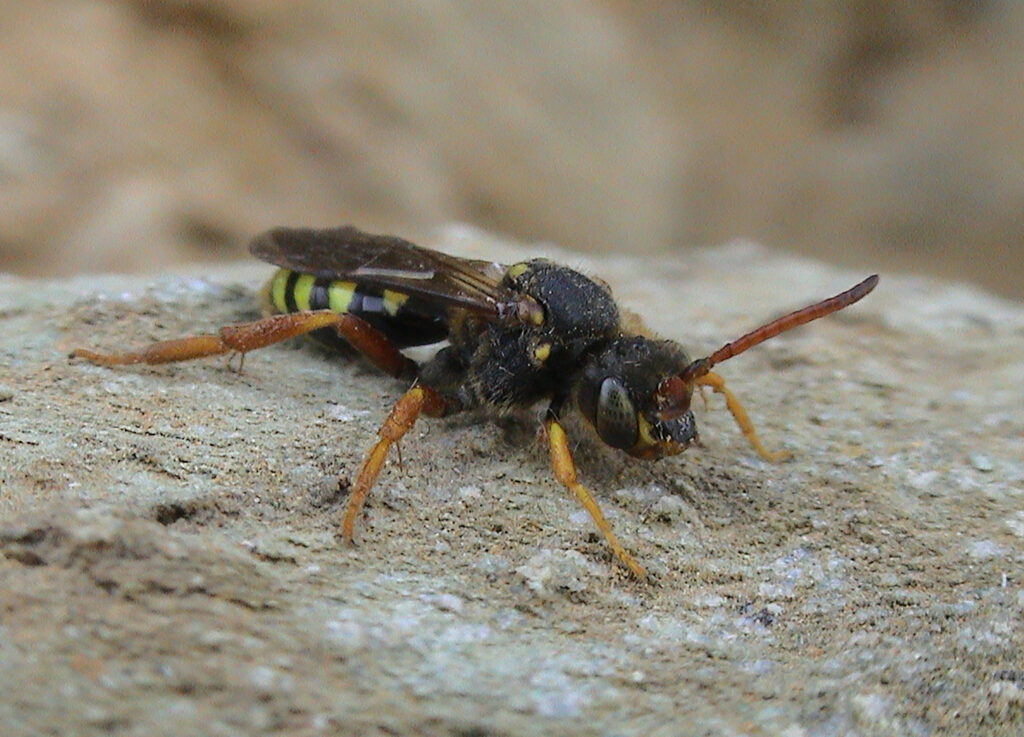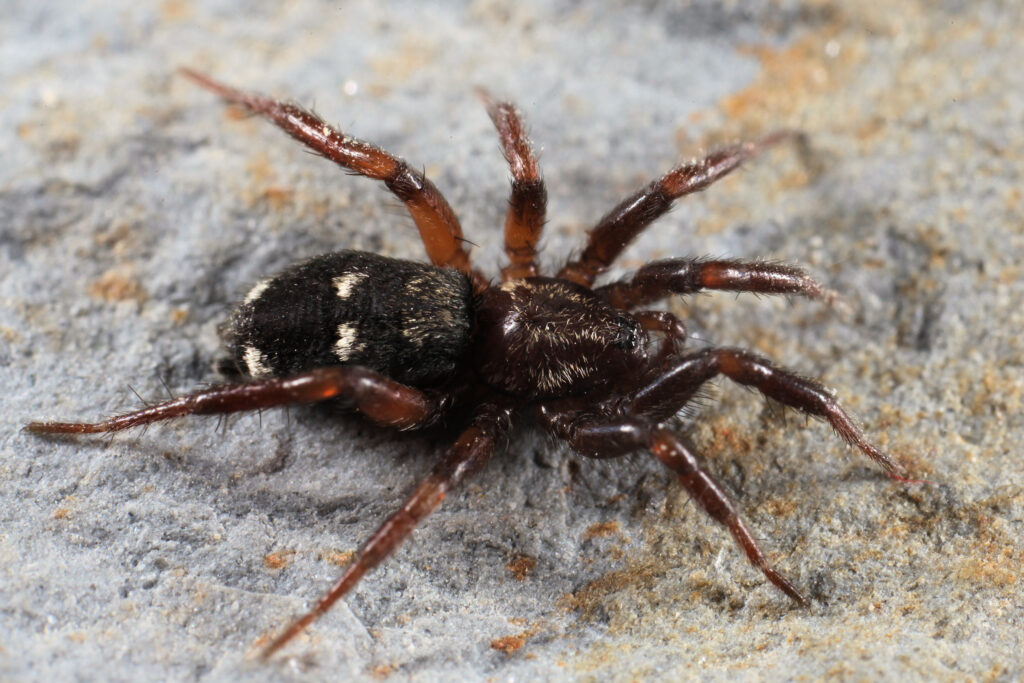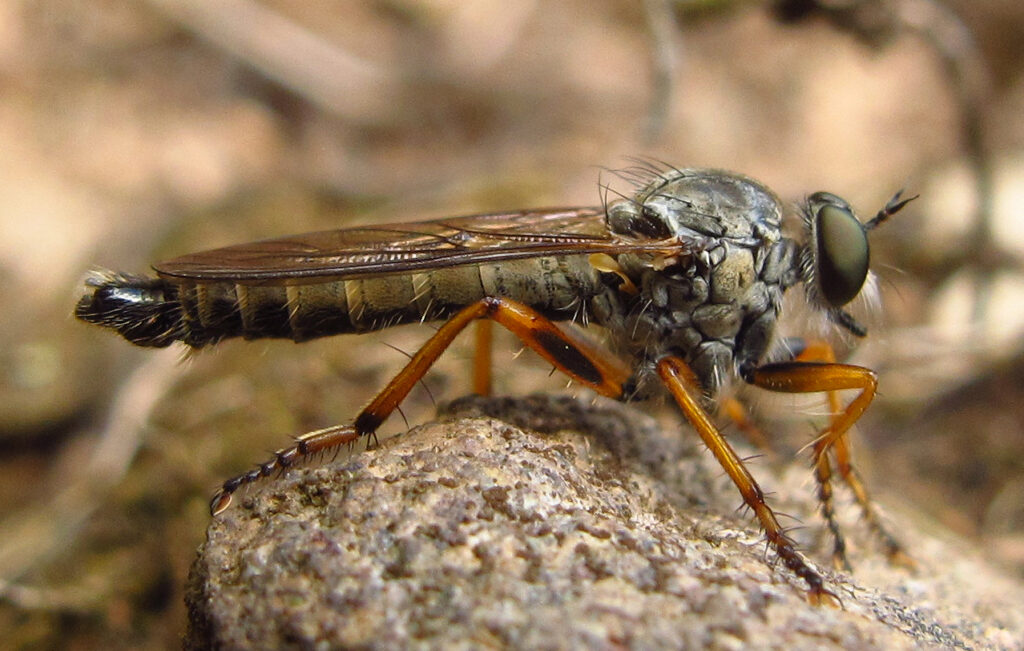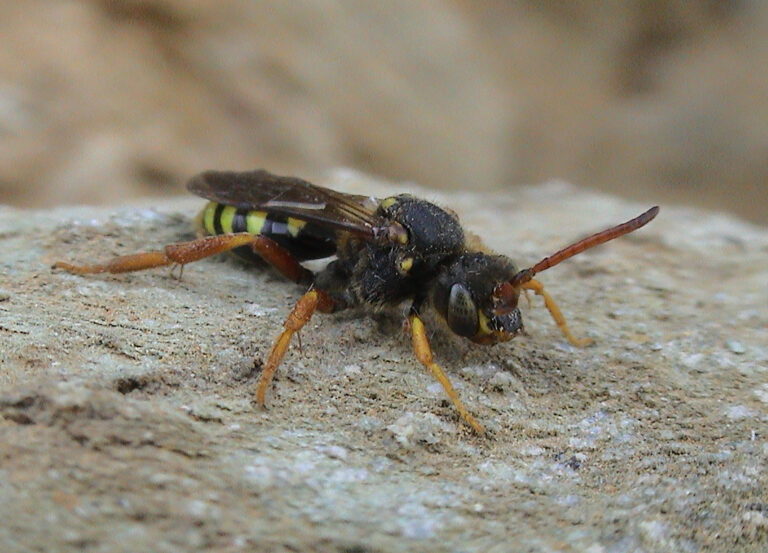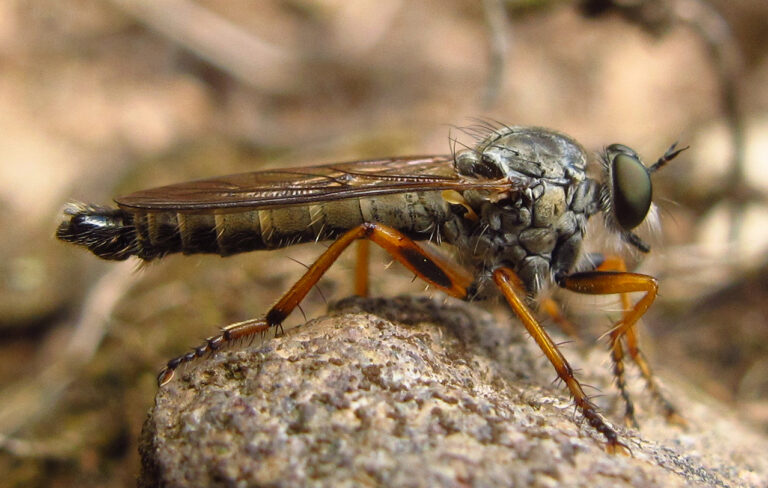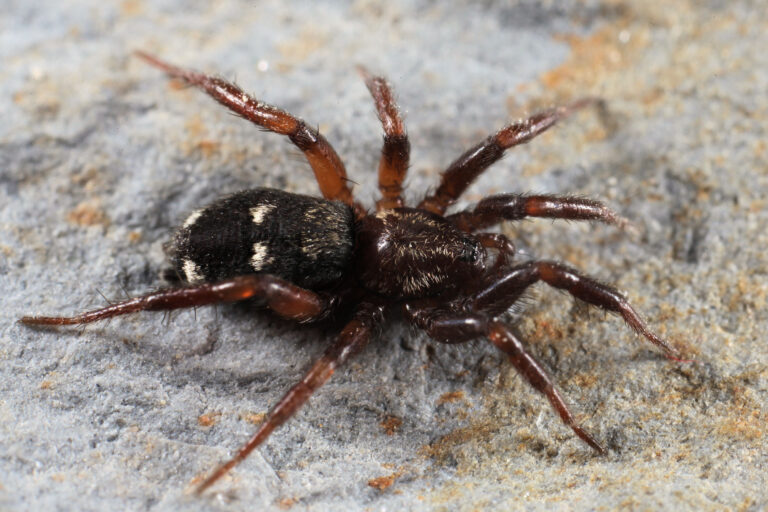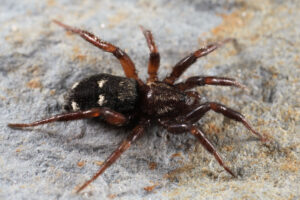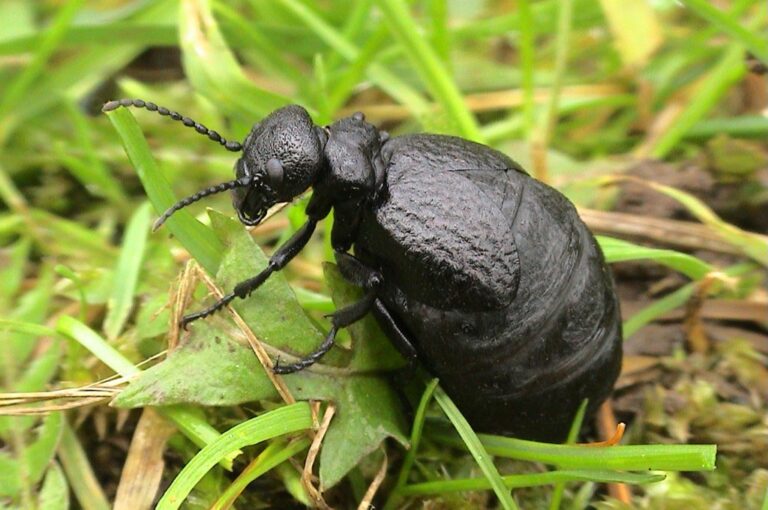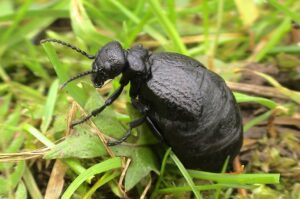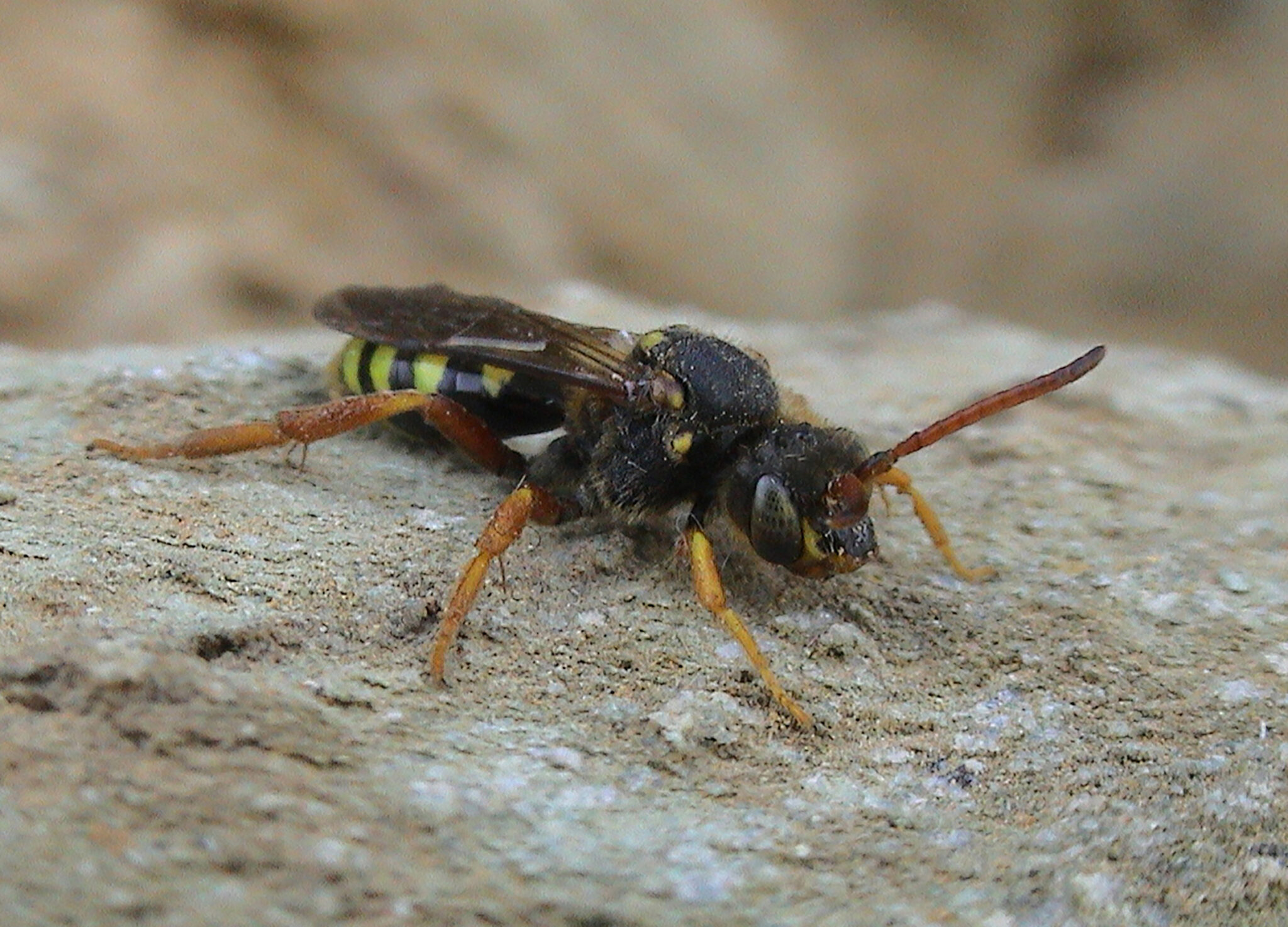The unique geology of the coastline at the southern tip of Devon is home to an exceptional range of rare and unique invertebrates, some of which are found nowhere else in Britain.
SpeciesA group of similar organisms that can breed and exchange gen... More which need particular action or attention are listed as Devon Special SpeciesLorem ipsum dolor sit amet consectetur adipiscing. and discussed below.
Other Devon Special Species which are found on this stretch of coast but have a wider distribution are discussed in the north and south Devon coastal invertebrate group. These include lizard weevils, the variable meadow fly and rare moths such as the Devonshire wainscott and beautiful gothic.
Much of this area falls within either Prawle Point and Start Point SSSISite of Special Scientific Interest More or Bolt Head to Bolt Tail SSSI. However, many of the species in this group are not listed on the SSSI citations and may also rely on habitatsThe natural environment in which an animal, plant or other o... More that lie outside the SSSI.

